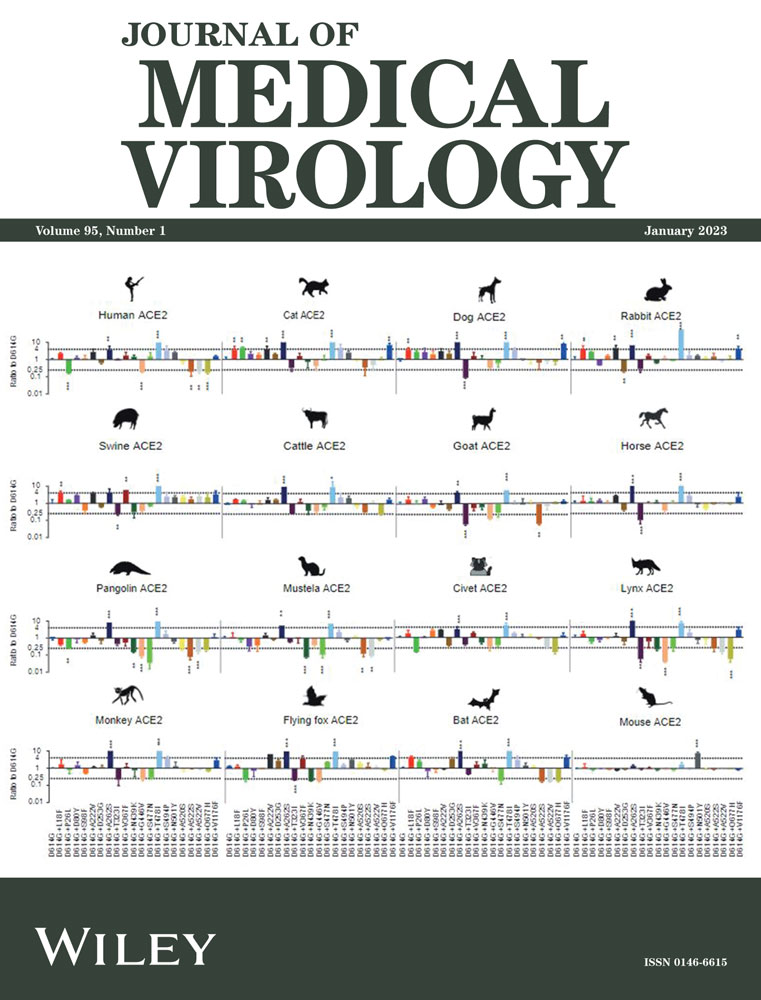Evaluating agreement in different diagnosis methods is necessary
In their recent publication, Prazuck et al.1 evaluated an innovative two-step self-test for severe acute respiratory syndrome coronavirus 2 (SARS-CoV-2) antigen-detecting, the AAZ COVID-VIRO ALL IN®, switching from the classic nasal swab to a nasal sponge. The results showed that the sensitivity, specificity, and overall acceptance of the COVID-VIRO ALL IN® self-test compared to reverse transcriptase polymerase chain reaction (RT-PCR) on nasopharyngeal samples were 93.0%, 100%, and 97.5%, respectively. Furthermore, the authors clarified that COVID-VIRO ALL IN® was more comfortable and easier to use on laypersons adults, children, and teenagers, compared to COVID-VIRO® (the first generation). Especially, for young children, COVID-VIRO ALL IN® appears safer (less risk of trauma and no liquid exposure), and faster than saliva-based RT-PCR. First, we would like to congratulate the research team on their work: the findings and conclusions are of great importance in guiding clinical applications.
Nevertheless, in this article, we notice that the agreement between COVID-VIRO ALL IN® and RT-PCR was not assessed. Although the authors had evaluated the overall agreement between COVID-VIRO ALL IN® and RT-PCR, applying overall agreement to evaluate intra-rater consistency is not always appropriate.2
Generally, the question of agreement or consistency among samples collecting data immediately arises due to the variability in different diagnosis methods.3 Therefore, well-designed research studies must consequently incorporate procedures that measure agreement among the various data collectors.4 There are a number of statistics that have been used to measure intra-rater reliability.5 Here, we will only consider the most common measure, Cohen's kappa.6 According to the authors' data, we calculated Cohen's kappa values. The Cohen's kappa values between COVID-VIRO ALL IN® and RT-PCR was 0.944, demonstrating almost perfect agreement between the two diagnosis methods according to McHugh's interpretation3 (Table 1).
| COVID-VIRO ALL IN® | RT-PCR | ||
|---|---|---|---|
| Positive | Negative | Total | |
| Positive | 40 | 0 | 40 |
| Negative | 3 | 75 | 78 |
| Total | 43 | 75 | 118 |
| k = 0.944 | |||
- Note: The table has been cited from the article published by Prazuck et al.1 and undergone moderate modification. k in the table is the Cohen's kappa value calculated by us.
- Abbreviation: RT-PCR, reverse transcriptase polymerase chain reaction.
Our second concern is about the precise number of patients. According to the author's description, the final study population consisted of 119 patients. In the results, the authors stated that “Overall agreement of results between COVID-VIRO ALL IN® and RT-PCR were observed for 116 patients (97.5% of concordance).” In tab. 6 of their published article, the total number of patients was 118. In fact, overall agreement between COVID-VIRO ALL IN® and RT-PCR for 118 patients was 97.5% by our calculation. Thinking the exact number of patients is a prerequisite for statistical analysis, we would be grateful if the authors could explain their data in detail and clarify the misunderstanding.
AUTHOR CONTRIBUTIONS
Tianfei Yu wrote the manuscript. Fangfang Liu, Nana Yi, and Haichang Yin performed the data analysis. Ming Li revised the manuscript. All authors have read and approved the manuscript.
ACKNOWLEDGMENTS
This study was supported by a grant (LH2020C110) from the Joint Guidance Project of Natural Science Foundation of Heilongjiang Province of China, a grant (HLJ2019017) Chinese Ministry of Education “Chunhui Plan” International Scientific Research Cooperation Project, a grant (145109136) from the Fundamental Research Funds in Heilongjiang Provincial Universities, and a grant from Heilongjiang Province Leading Talent Echelon Reserve Leader Funding Project.
CONFLICT OF INTEREST
The authors declare no conflict of interest.
Open Research
DATA AVAILABILITY STATEMENT
Data sharing is not applicable to this article as no new data were created or analyzed in this study.




